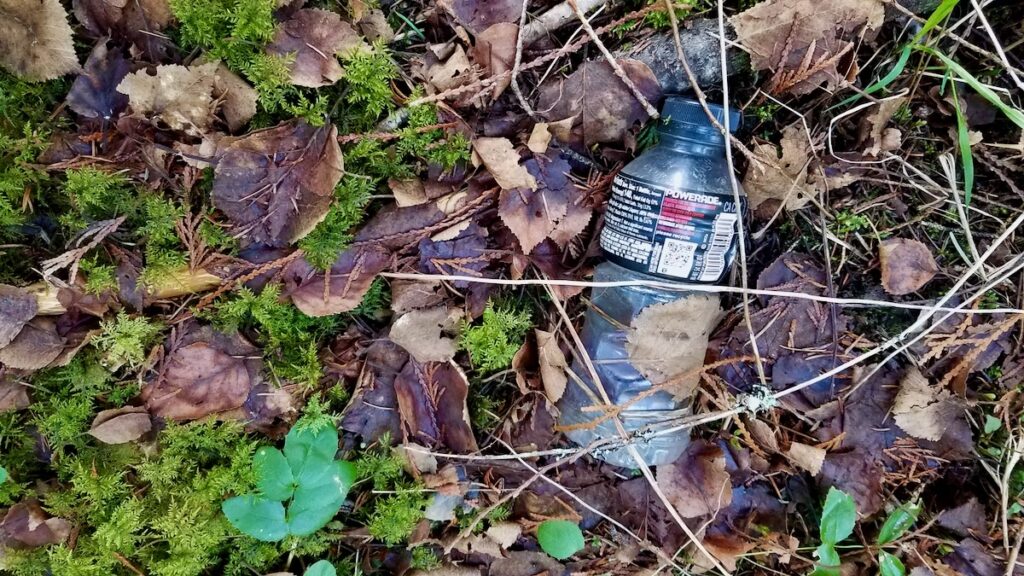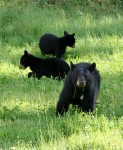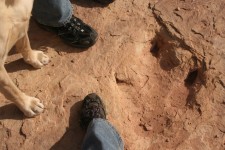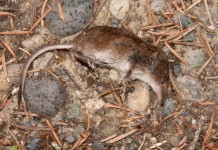Unfortunately, we’ve all seen it. Litter.
A granola bar wrapper along the trail, a plastic water bottle lid next to the campfire ring, aluminum cans left in the fire pit.
Finding litter in nature is disappointing. Not only is litter unsightly but it is also harmful to wildlife and the environment. Over 700 animal species have been documented ingesting plastic including fish, turtles, seabirds and marine mammals. There are even microplastics in the ocean around Antarctica.
Every plastic made since 1907 is still on Earth today. Plastic doesn’t decompose, it just breaks down into smaller and smaller bits called microplastics. These enter our waterways, animal stomachs and even our bodies. Larger pieces of plastics in animal stomachs keep animals from eating a full meal because they feel full. Microplastics are found in rain.
Some things never break down. Glass and styrofoam never break down. They will be on this planet FOREVER. On a positive note, glass can be recycled.
Who has thrown a banana peel, orange peel or apple core in the ditch or off into the woods?
Yes, I am guilty. I reasoned they were natural and should break down. Yes, they will eventually break down but there are other consequences.
Food scraps can attract animals to areas used by humans which can lead to unwanted human/animal interactions. There is a reason gray jays and chipmunks seem to appear at picnic tables or campsites—easy food. Chipmunks, gray jays, raccoons and bears (to name a few) can become dependent on human food and even aggressive.
The good news is that litter is preventable. If everyone followed the Leave No Trace principle of “Pack It In, Pack It Out”, there wouldn’t even be banana peels.
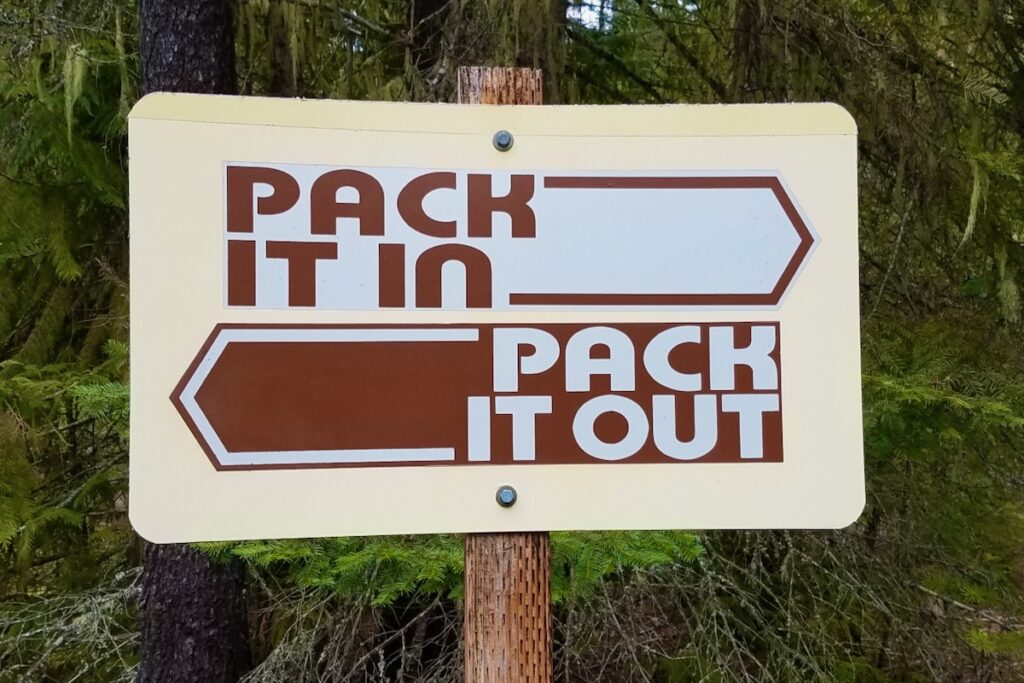
How long does it take for trash to decompose?
Here is a list of items that may be in your daypack, backpack or at your campsite. If left behind, this might be how long it takes that trash to decompose. Decomposition (the breaking down or decay) depends on the material, structure, sunlight exposure and environmental conditions.
- Paper towels: 2-4 weeks
- Orange peels: 2-5 weeks
- Paper: 2-6 weeks
- Banana peel: 1-6 months
- Apple core: 2 months
- Ropes: 3-14 months
- Cotton clothing: 6 months
- Toilet paper: 1-3 years
- Wool sock: 1-5 years
- Cigarette butts: 1-5 years
- Chewing gum: 5 years
- Chip bag/candy wrapper: 10-20 years
- Plastic grocery bag: 10-20 years
- Nylon fabric: 30-40 years
- Aluminum cans: 80-200 years
- Plastic straw: 200 years
- Toothbrush: 500 years
- Disposable diapers: 450-600 years
- Styrofoam: 500 years to never
- Fishing line: 600 years
- Glass: unknown- could last millions of years
The lifetime of certain items is unknown or estimated because they haven’t decomposed since they were invented. Luckily, some of these items can be recycled like aluminum cans, glass and plastic grocery bags.
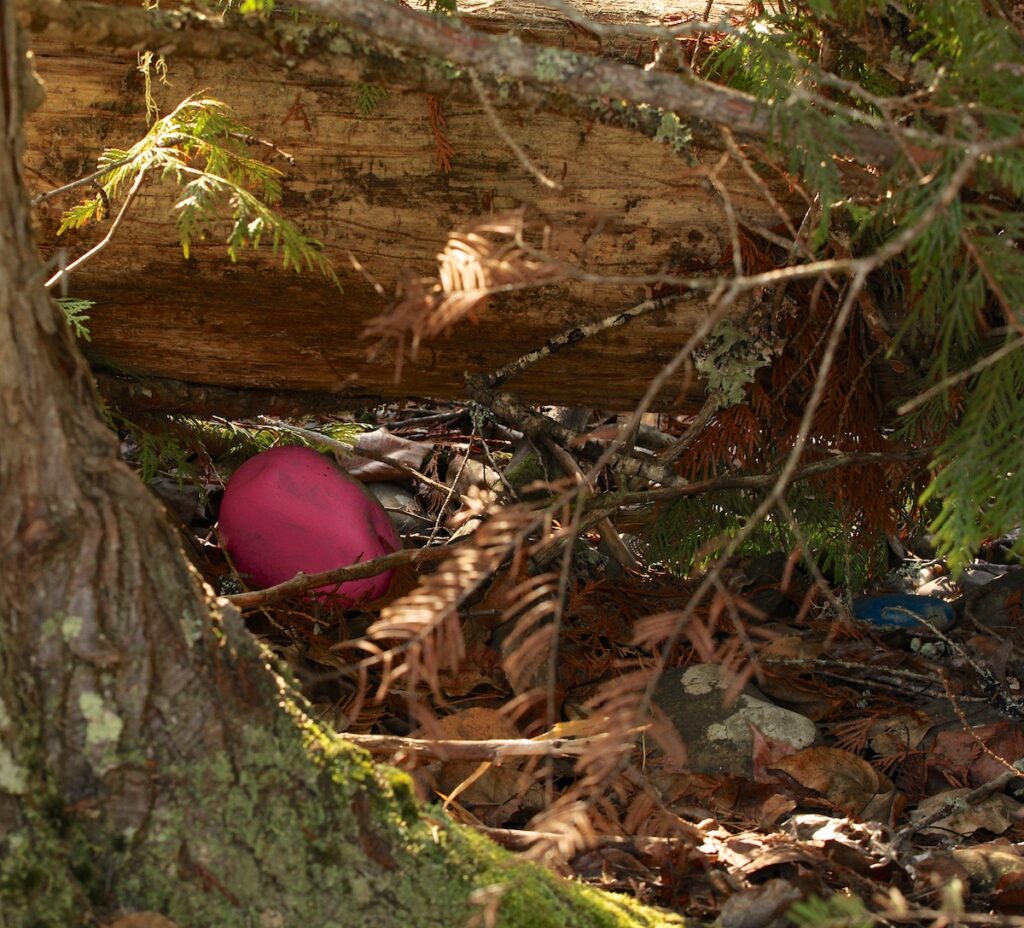
What can you do to reduce trash on trails?
Be prepared to carry out trash. Bring with trash bags/grocery bags (or biodegradable trash bags) or zip-top bags (bonus if they are ones that you’ve used and washed out) to pack out any trash you generate. Kelty has a Litter G’tter reusable garbage bag for camping and backpacking.
Double-check before you leave an area. Before you leave a campsite or picnic spot, look around carefully to see if you dropped candy wrapper corners, twistie-ties, tissues, food bits or any other litter.
Pick up other people’s litter. Each individual can have an impact—whether positive or negative. Counteract the negative and pick up other people’s litter to leave the area a better place. Thank you to those who already do!
Reduce. Reuse. Recycle. The slogan has been around for a long time but it still is valid. Buy items with less packaging. Use reusable containers to divide up bulk food or homemade snacks. Use a reusable water bottle. Recycle or compost your trash when you get home.
Let’s help keep nature clean—for wildlife, for us and for future generations.
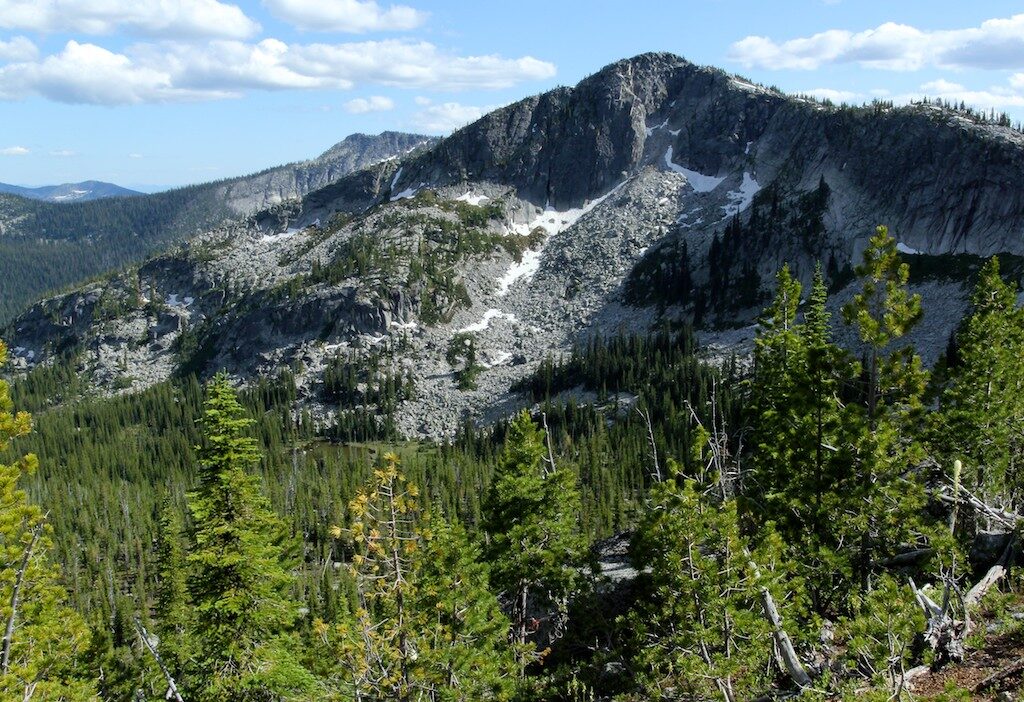
Read more about microplastics in Southeast Alaska or microplastics in Antarctica.
Resources:
- https://www.dnr.sc.gov/up2u/decompose.html
- https://www.popsci.com/story/diy/what-happens-food-trash-outdoors/
- https://www.cbc.ca/kids/articles/how-long-does-your-trash-last
- https://blog.nols.edu/bust-leave-no-trace-myths
Disclaimer: Please note some of the links are affiliate links and as an Amazon Associate, I earn from qualifying purchases through these links. These links help you find products plus support this website. I have purchased and used all of the products and any opinions expressed are entirely my own.

